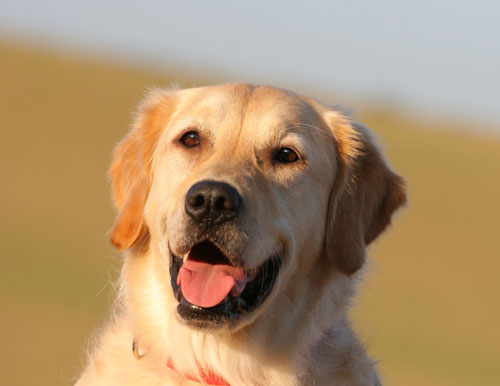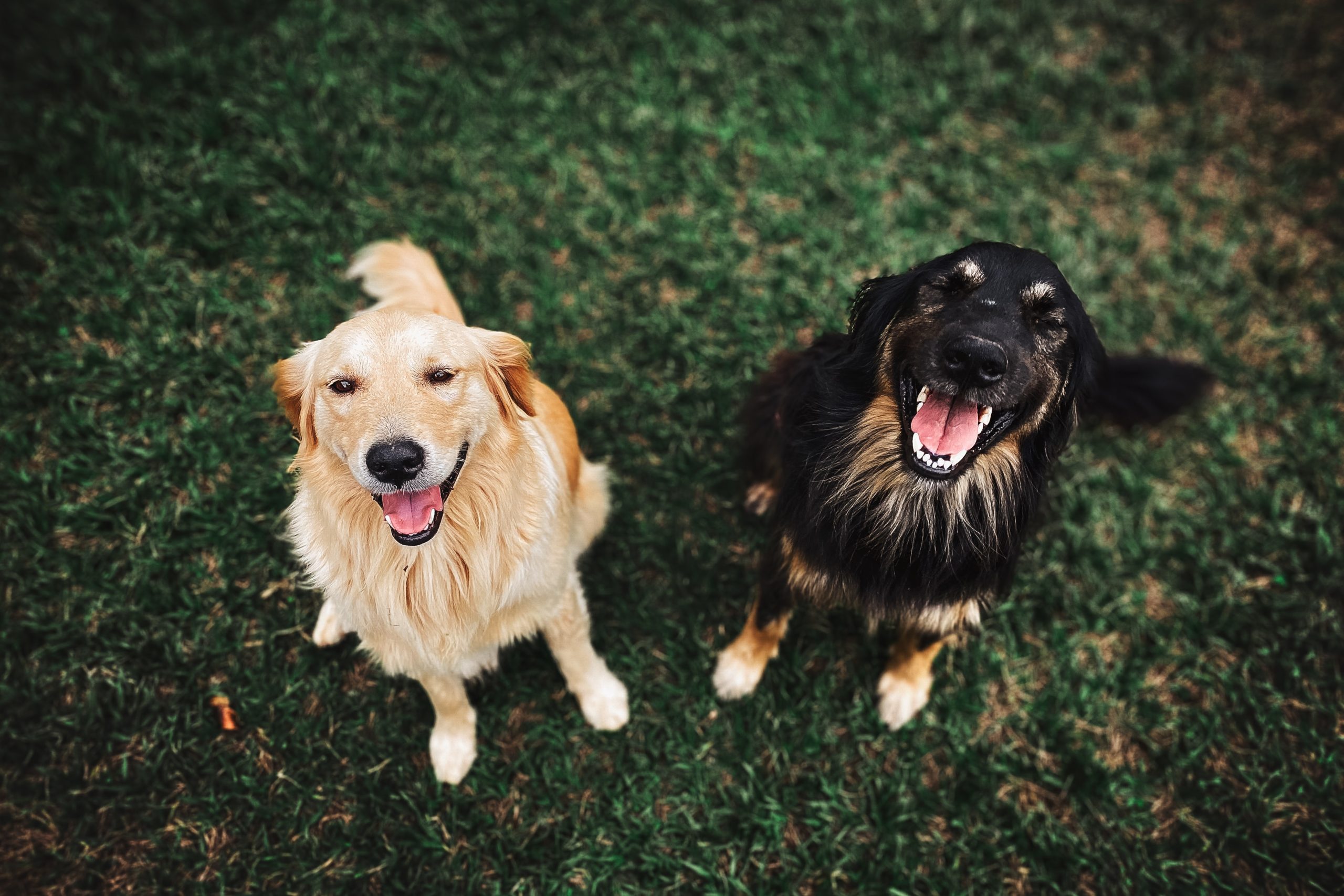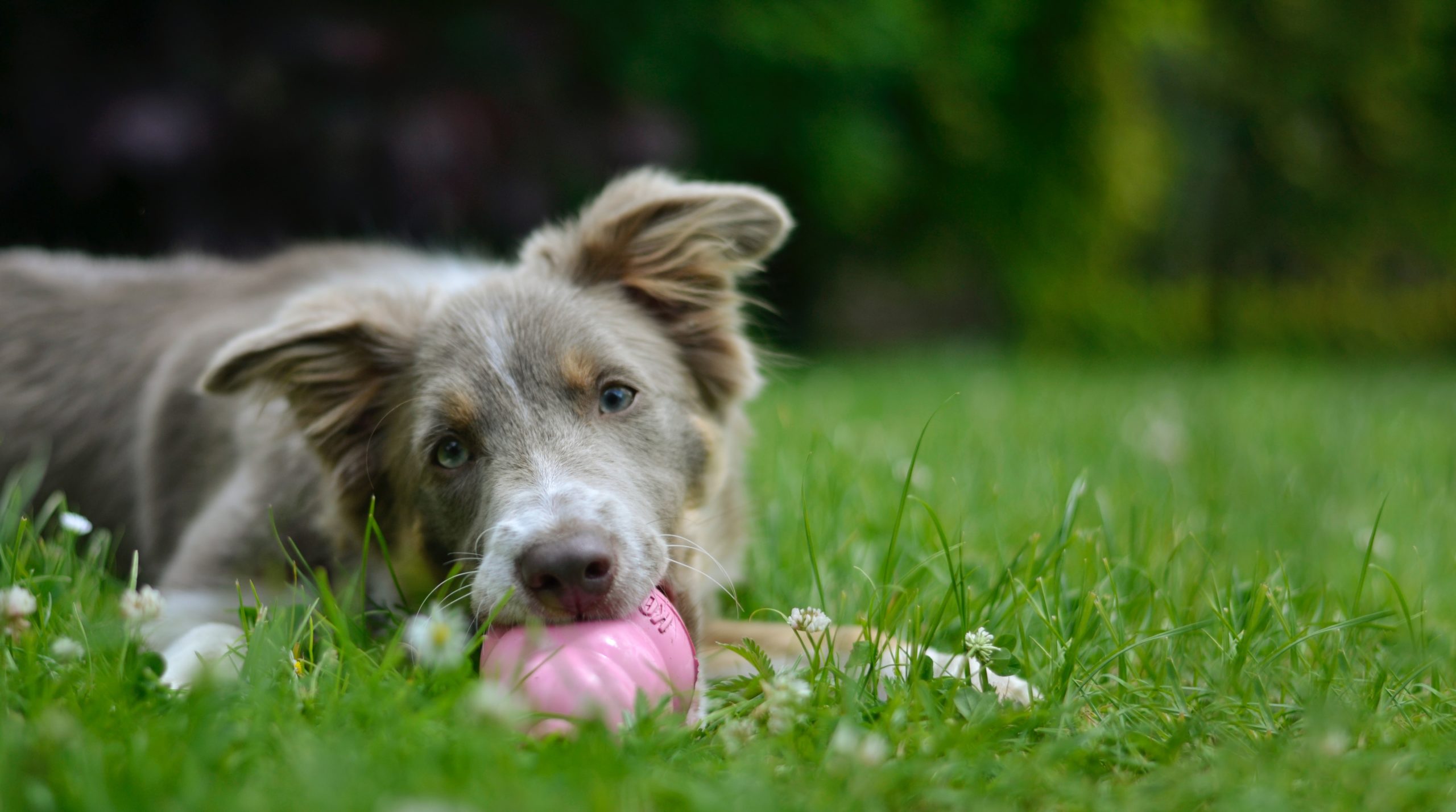Hypothyroidism is one of the most common hormonal problem of dogs and is the result of underproduction of thyroid hormone by the thyroid glands, located in the neck. It is most commonly seen in middle-aged to older dogs, with variable signs, and treatment involves supplementation of the thyroid hormone T4.
What are the signs of hypothyroidism?
Clinical signs are widespread, variable and often non-specific. However, since thyroid hormone is responsible for regulating metabolic rate, the most consistent signs result from decreased activity in the cells of the body, and the effects on the dog’s mental status and activity.
Therefore, most dogs with hypothyroidism have some degree of mental dullness, lethargy, exercise intolerance or unwillingness to exercise and a propensity to gain weight. Some dogs become heat-seekers as they have difficulty maintaining their body temperature. Other signs typically involve the skin with hair loss, excessive pigmentation (blackening of the skin), or skin and ear infections. Thickening of the skin, most obvious in the facial area, can result in a puffy appearance and extra skin folds.
Medium to large sized breeds are more commonly affected, and most dogs are middle-aged to older (4-10 years of age) when signs are first seen. Breeds with definite predisposition to develop hypothyroidism include Golden Retrievers, Doberman Pinchers, Irish Setters, Miniature Schnauzers, Dachshunds, Cocker Spaniels and Airedale Terriers.
There does not appear to be a sex predilection, but spayed females appear to have a higher risk of developing hypothyroidism than intact females.
What causes hypothyroidism?
Most cases of hypothyroidism in dogs are due to destruction of the thyroid gland tissue. This can be a result of inflammation called lymphocytic thyroiditis, which is an autoimmune problem where the body’s own immune system attacks the glandular tissue. Idiopathic atrophy of the thyroid refers to degeneration and loss of the cells of the gland for unknown reasons.
Thyroid cancer can cause hypothyroidism although it does not occur commonly in dogs. Congenital (juvenile-onset) hypothyroidism is also rare.
In cats, hypothyroidism most commonly occurs after treatment for hyperthyroidism with radioiodine, surgical thyroidectomy, or use of an anti-thyroid drug. This is called iatrogenic hypothyroidism.
How is it diagnosed?
Hypothyroidism can be difficult to diagnose since many diseases and conditions have similar symptoms. Definitive diagnosis of canine hypothyroidism requires careful attention to clinical signs and results of routine laboratory testing.
Blood tests that may confirm the diagnosis include measurement of total thyroid hormone thyroxine (T4), free T4, and thyroid stimulating hormone (TSH). Other tests that may also be useful to support the diagnosis include thyroid function tests (e.g. TSH stimulation test), thyroid gland imaging and response to thyroid hormone supplementation.
What is the treatment?
Treatment involves giving thyroid hormone supplements (thyroxine) in the form of tablets. A blood test will ensure that the thyroid hormone level is in normal range, and the supplements are continued for the rest of the dog’s life, with regular blood tests to determine whether the dose being given needs to be changed.
Improvements in clinical signs (e.g. improvement in coat) are generally seen within one or two months of starting treatment. With a normal hormone level, your dog will lead a normal life with no effect on quality of life.




